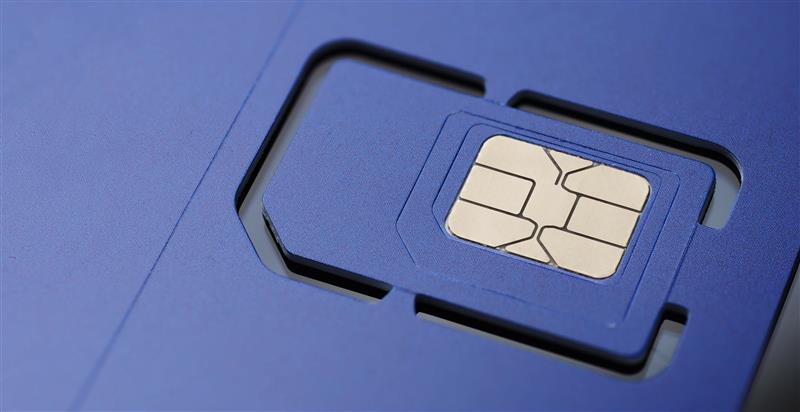SIM cards have been in a state of constant evolution for the last thirty years. From the original full-sized SIM card measuring at 93.98mm to the mini-SIM, micro-SIM, nano-SIM, and now most recently, the non-removable embedded SIM – eSIM for short.
Existing SIM technologies create supply chain bottlenecks as SIMs have to be fitted according to the local market and local network providers. Yet as a programmable SIM, an eSIM can be deployed to connect to the network that best supports the end device. CIOs are not bound by network contracts or hampered by one network having poor performance in an area where the organisation needs a sensor and the ability to collect data.
Connectivity market disruption
In connectivity, there has been a leap forward in technology with the arrival of the eSIM that has broken the 40-year proprietary lock between the international mobile subscriber identifier (IMSI) and the mobile network operators. This is causing a significant disruption in the mobile network operator business model as it enables an uncoupling of the choice of the SIM from the choice of operator. Add to that the embedded universal integrated circuit card (eUICC) standard and new developments like the SGP.32 GSMA standard which enable remote SIM provisioning (RSP) of multiple operator IMSIs into a single SIM and you have the perfect disruptive storm.
This change is introducing new models for IoT, not just in connectivity but in terms of how devices are designed, managed and operated. This wave of disruption will result in simplified, flexible software-as-a-service approaches to IoT enablement in which mobile network operators either retrench to become high-volume low-value providers or upskill to deliver greater value to IoT organisations.
At Eseye, we believe that eSIM is the standardisation opportunity that will overcome the fundamental structural problems in the industry that are inhibiting interoperability and enable IoT to become viable.
We will soon see eUICC and eSIM RSP achieve widespread adoption and become the mainstream for all devices from consumer smartphones to IoT devices.
In particular for IoT deployments, it is not practical to replace traditional SIM cards in large volumes of devices that are likely to be geographically widespread, and potentially require a trained engineer to access. Not only can an eSIM be switched from one provider to another without physically accessing the device, multiple provider tariffs can be connected to a single eSIM at the same time providing the end-user with the flexibility and choice. Connectivity switching between operators will become a simple request followed by an over-the-air command to activate the SIM on a different network. Eradicating the need to toy with plastic SIMs.
Discover the power of the AnyNet+ IoT eSIM
Combining the best of Eseye’s multi-IMSI technology with an enhanced approach to the eUICC standard, giving you the most advanced IoT connectivity solution on the market today.
Ian has a passion for developing technology-based solutions that deliver real improvements to businesses, the environment and quality of life.
Previously he co-founded CompXs to deliver the world’s first ZigBee design. Prior to CompXs, Ian held senior software leadership roles at Philips and has since spearheaded the ground-breaking innovation of our global AnyNet Secure cellular solution.

